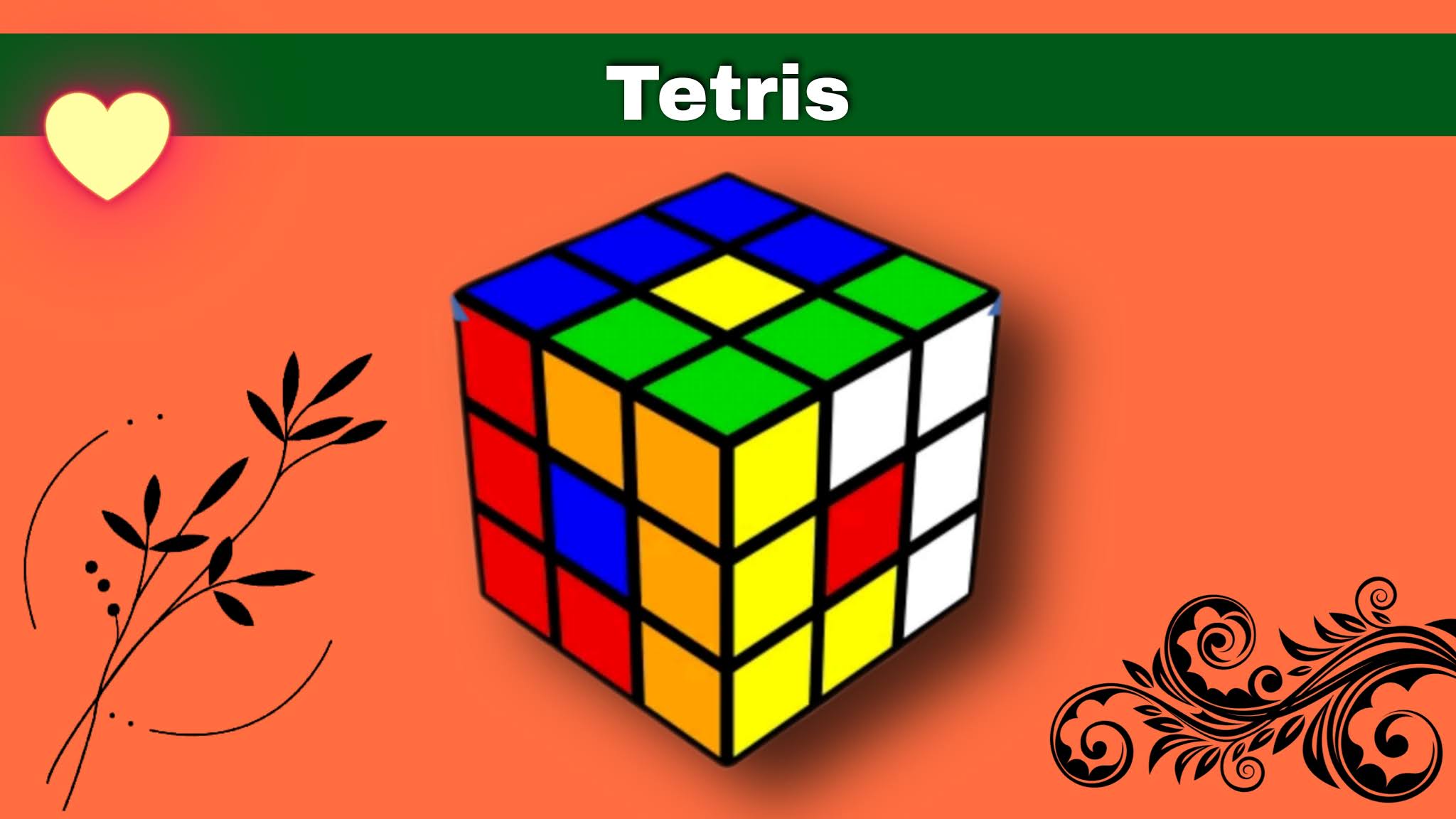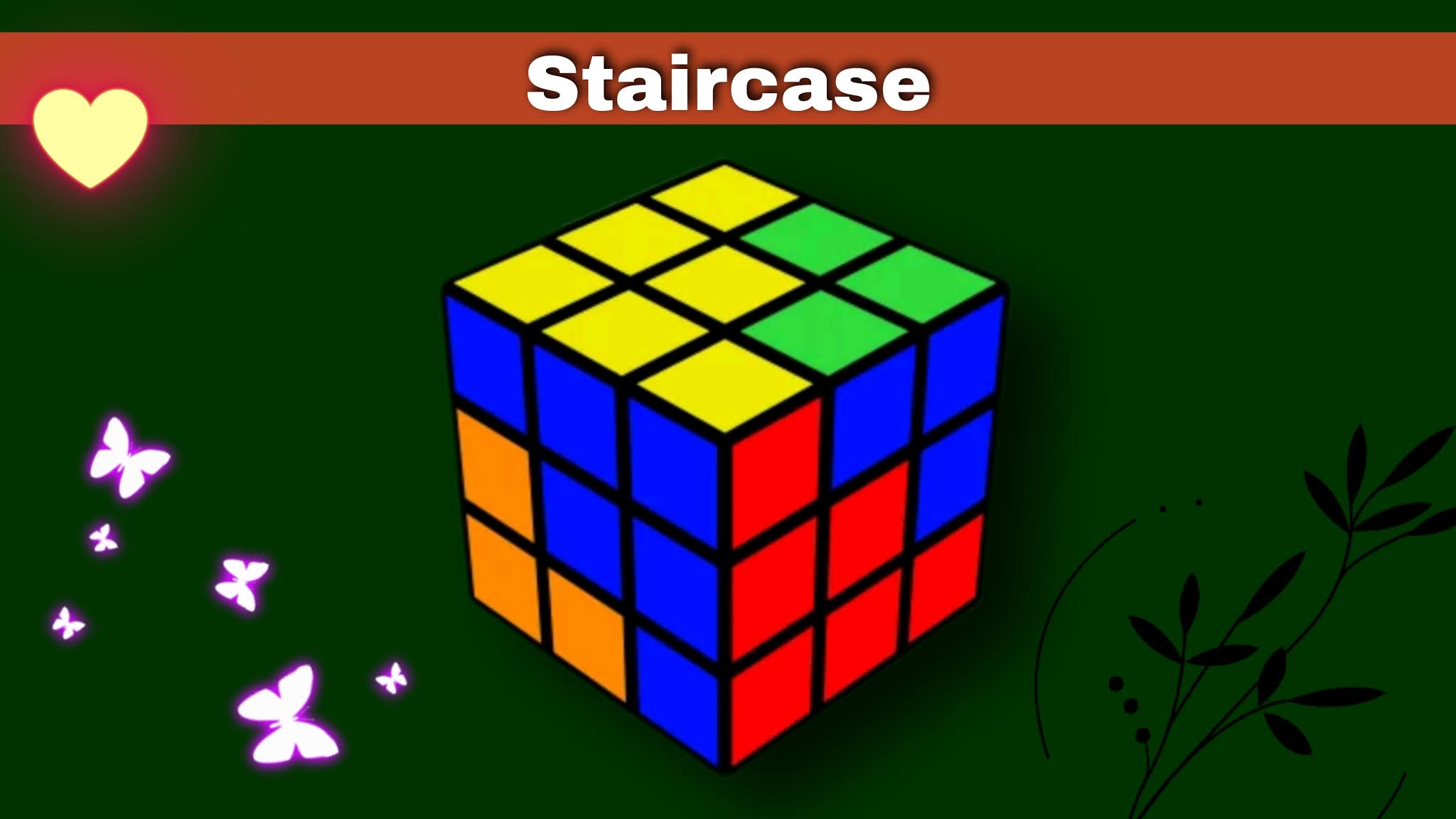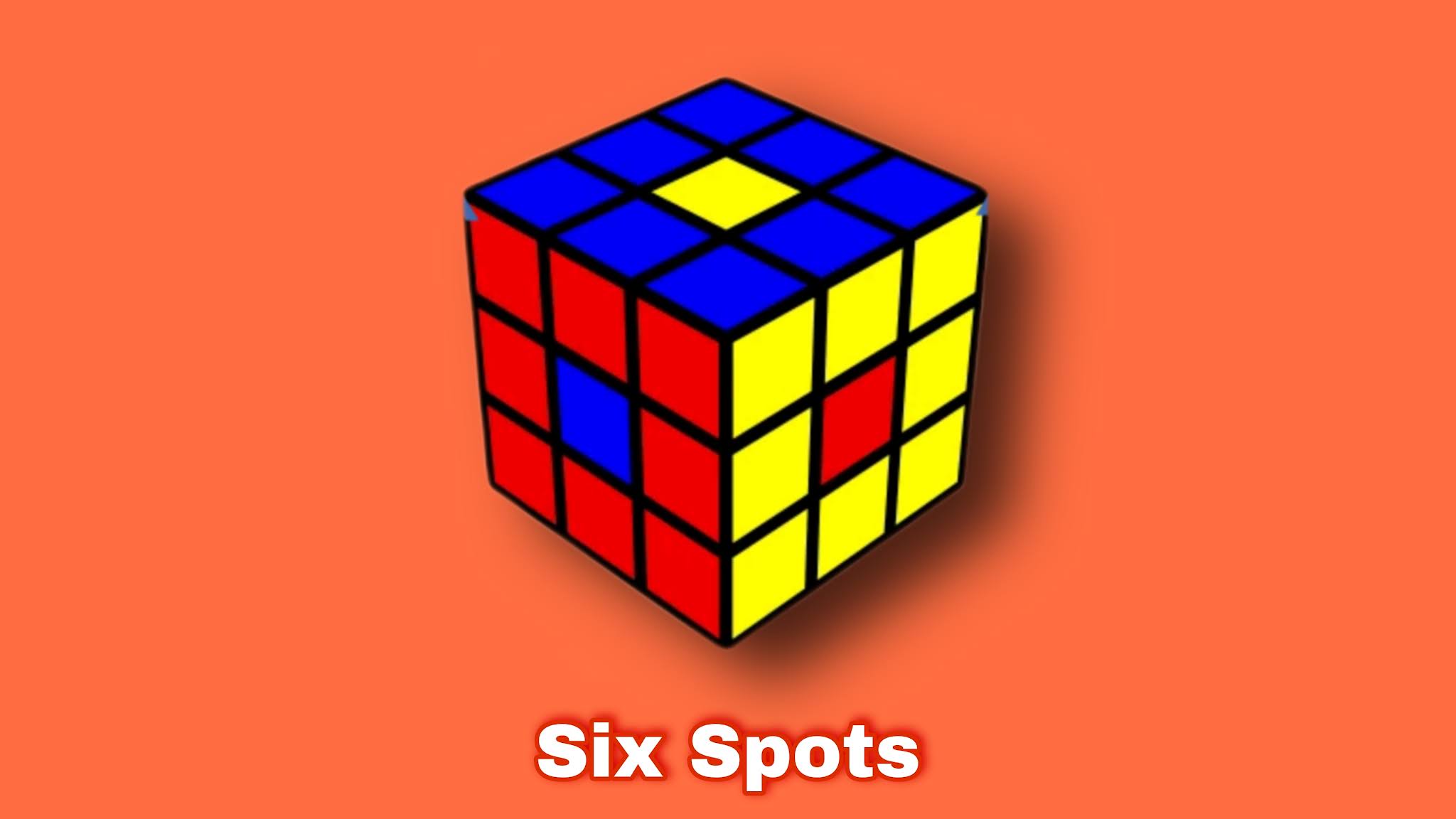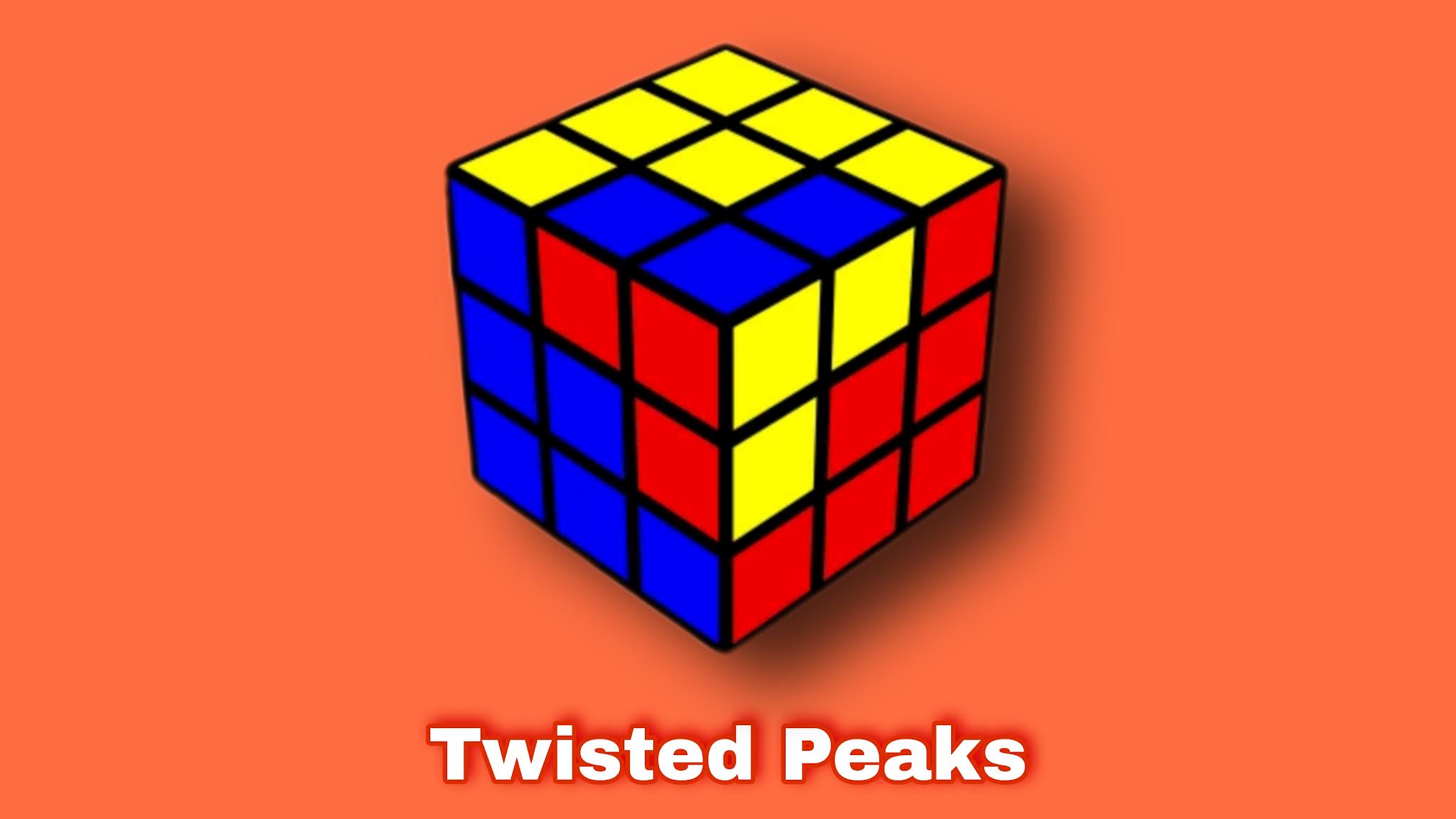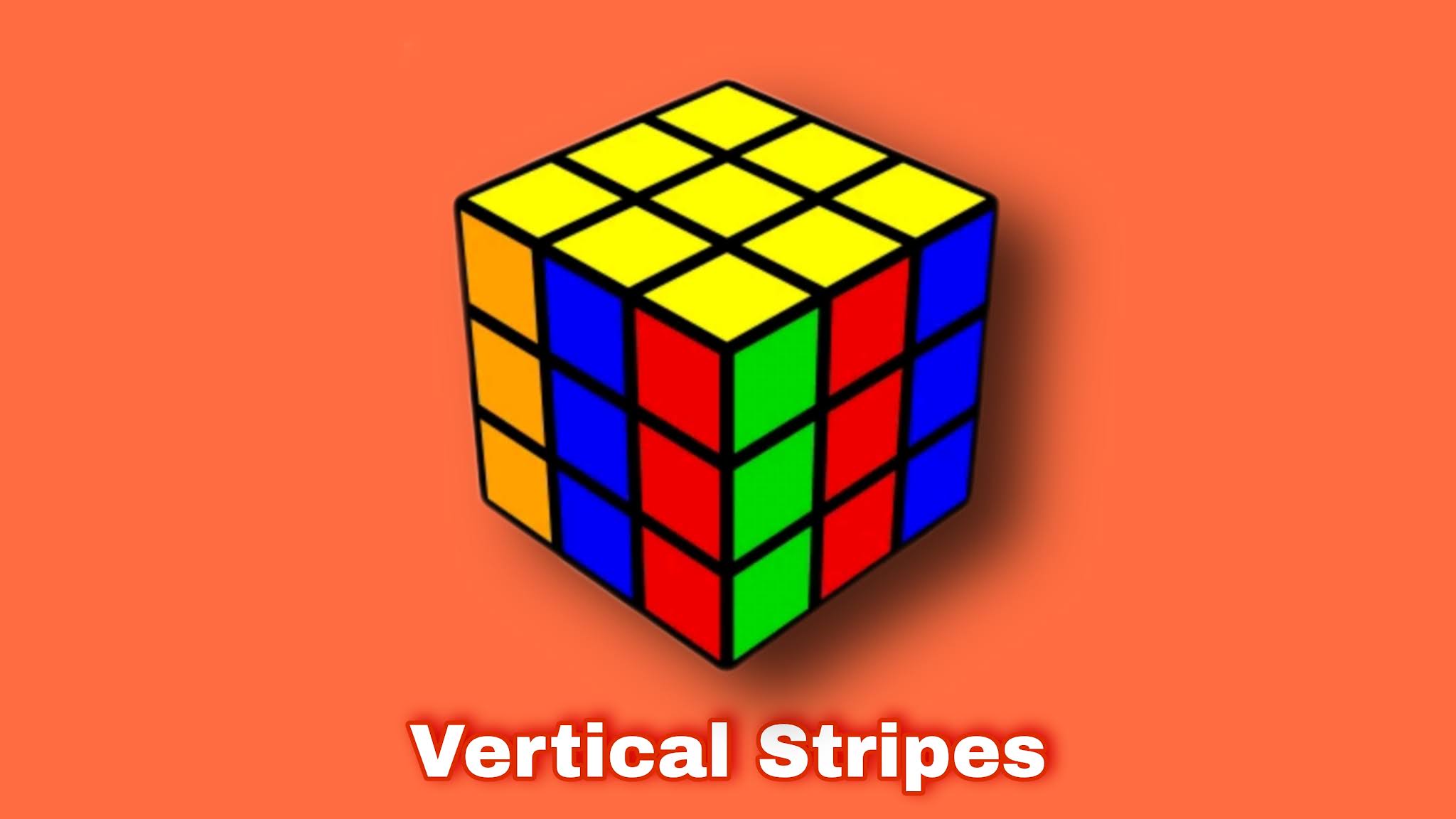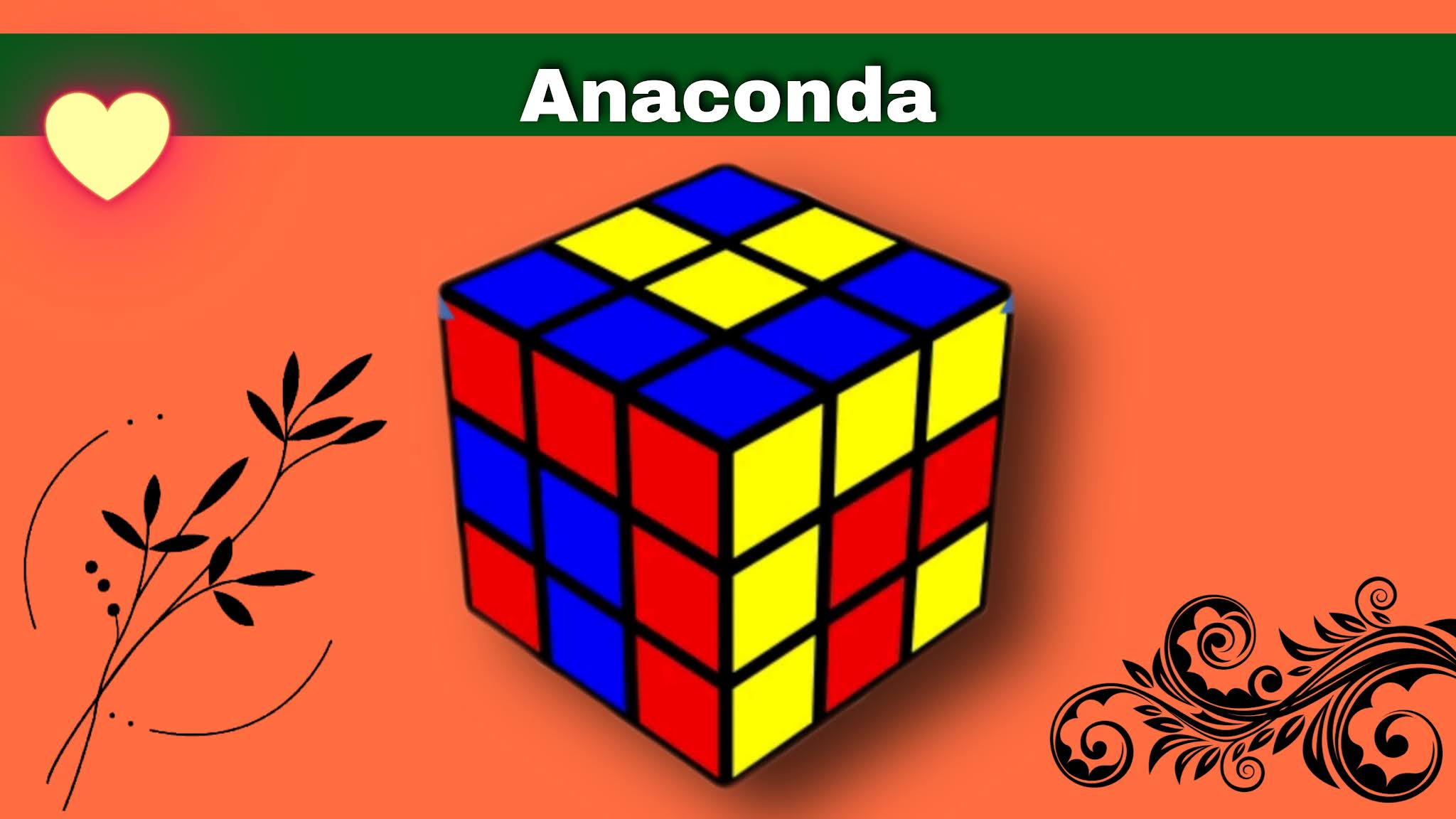What are the various methods for solving a 3x3 Rubik's cube?
The Rubik's Cube is a popular 3D combination puzzle consisting of 27 small cubes, or "cubies," arranged in a 3x3x3 grid. Each face of the cube has a different color, and the goal is to twist and turn the cube until each face is a solid color.
In order to solve the Rubik's Cube, it's important to understand the cube notations, which are a set of symbols used to represent the different moves and rotations of the cube. These notations include letters such as F (front), B (back), U (up), D (down), R (right), and L (left), as well as various primes and double moves.
There are many methods to solve a 3x3 Rubik's cube, but some of the most popular ones are:
The Fridrich Method: This is a multi-step method that is considered to be the fastest method for solving a 3x3 Rubik's cube. It involves solving the cross, the first two layers (F2L), orienting the last layer (OLL), and permuting the last layer (PLL).
The Beginner's Method: This is a simpler and more straightforward method that is great for beginners. It involves solving the cross, the corners, and the edges of the last layer one by one.
The Roux Method: This is a hybrid method that combines the advantages of both the Fridrich and the beginner's method. It involves solving the corners and edges of the first two layers (F2L) in a specific order and then using the OLL and PLL algorithms to complete the solution.
The ZZ Method: This is a 2-look method that involves solving the first two layers (F2L) and the last layer (OLL and PLL) in two separate stages.
The CFOP Method: This is another popular method that involves solving the cross, the F2L, the OLL, and the PLL. It is considered to be one of the fastest methods for solving a 3x3 Rubik's cube.
These are just some of the many methods used to solve a 3x3 Rubik's cube, and the method you choose to use will depend on your personal preferences and skill level.
Check my Other Blog Posts to Learn more Patterns

